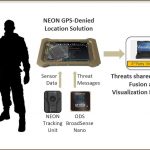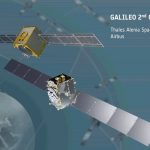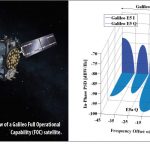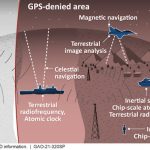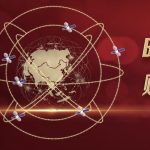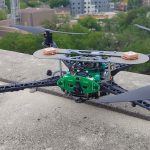New European Initiatives to Explore Galileo Integrity for Autonomous Applications
For autonomous transport to become a reality, its operations must be at least as safe as existing ones. The European Commission’s Directorate-General for Defence Industry and Space (DG-DEFIS) has awarded mission evolution studies to assess how the future evolution of European GNSS (EGNSS) could be beneficial for innovative and demanding autonomous applications.
By Inside GNSS



